You’re not alone if you’re hoping to visit Uruguay.
Tourism is big for Uruguay’s economy, with the South American nation receiving between three and four million visitors from foreign countries annually — about one tourist for every resident.
But is it safe?
From smuggling and organized crime activity to a somewhat high murder rate (around 10 homicides per 100,000 residents each year), Uruguay’s cities do have varying levels of danger that all tourists should be aware of.
But that doesn’t mean you should be afraid to visit the country, however.
Most foreign travelers have great experiences in Uruguay, providing basic safety tips are followed.
It’s also important to know the country’s most dangerous cities and things to be on the lookout for.
Contents
The 10 Most Dangerous Cities in Uruguay
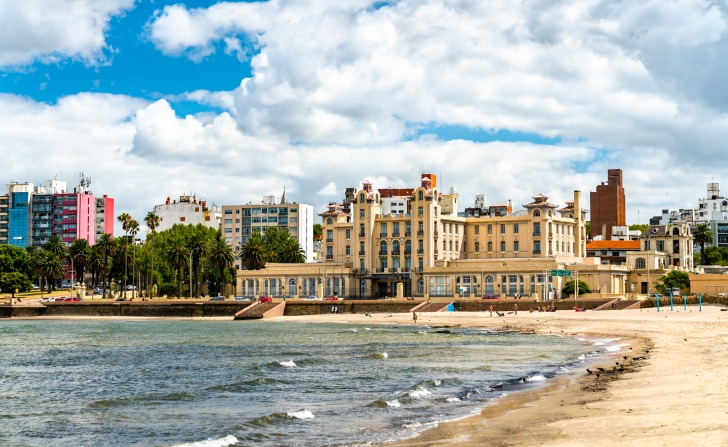
Montevideo
The largest and most bustling city in Uruguay, Montevideo is home to 1.3 million people and is one of the most-visited places in the entire country for foreigners.
While there are numerous safer areas for tourists among the city’s museums, markets, and coastal pastime spots, there is also a high level of crime that naturally comes with any large city.
Montevideo has an 11.7 % homicide rate (around 11 homicides per 100,000 residents), and its most prevalent crimes are muggings and petty theft, burglaries, narcotics trafficking, and vandalism.

Rivera
Right across the border from the Brazilian city of Santana, Rivera sees both a lot of travelers and high levels of drug traffickers and smugglers.
It’s important to practice caution with valuables around the city and stick to the more bustling, visitor-friendly areas.
Rivera has the highest murder rate in all of Uruguay: 13%.

Trinidad (Flores)
Trinidad is the capital city of the Flores region (department) in southern Uruguay.
In a small city with just a few hotels, tourists can easily be targeted for bag-snatching and other petty theft crimes.
The Flores region in general also has a shockingly high homicide rate, at over 11%.
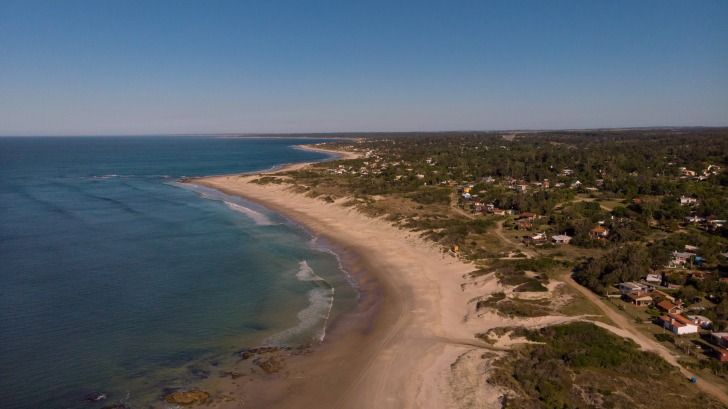
Canelones
Situated inland, north of Montevideo, Canelones is a smaller city that also struggles with rising levels of crime.
The area is largely local, has no hotels, and is usually only used as a place for tourists to pass through on their way elsewhere, which can make visitors more of a target.
The 4.5% homicide rate is largely local residents, but keep aware of valuables at all times to avoid petty theft.
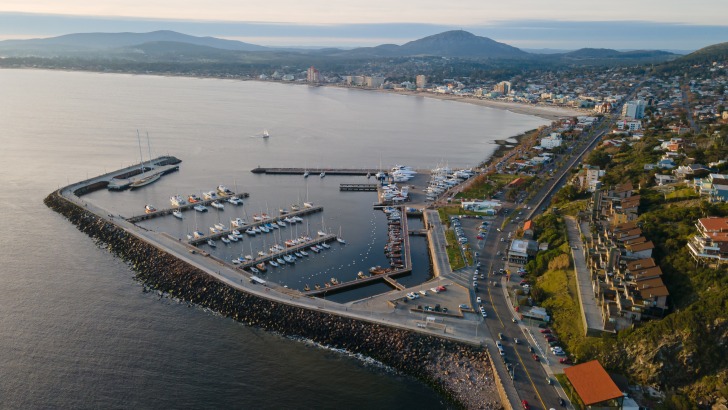
Maldonado
Located on the coast with the ninth-biggest population in the country, Maldonado is full of fun for tourists.
With this also comes opportunities for criminal activity.
Drug-related crimes, vandalism, and property theft are among the biggest crime issues in the area, and rates have risen in recent years.
The city also has a homicide rate of 8.6%.
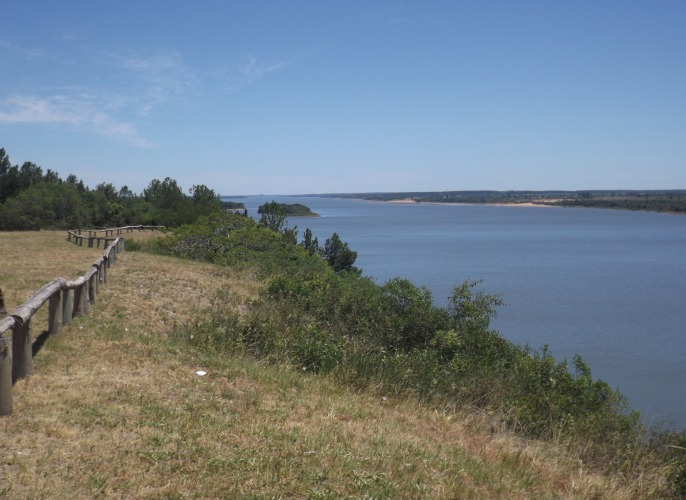
Paysandú
Paysandú is a popular destination for outdoor-loving tourists and ex-pats in Uruguay, thanks to its location near several hot springs and the Rio Uruguay River.
While the city does have a homicide rate of 5.9%, petty theft is the most common crime here.
The local nightlife scene is popular, and pickpocketing can occur in crowds, so practice caution to avoid becoming a victim of opportunity.
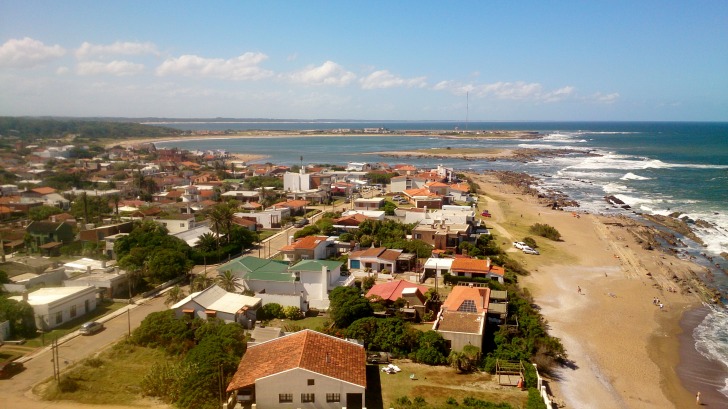
Rocha
Rocha is near a popular protected forest and coastal lagoon in Uruguay, making it a destination for many tourists.
While safer than many other cities due to it being surrounded by nature, tourism draw has also drawn in criminals.
There is a high homicide rate of just over 10%, and property theft is not uncommon.
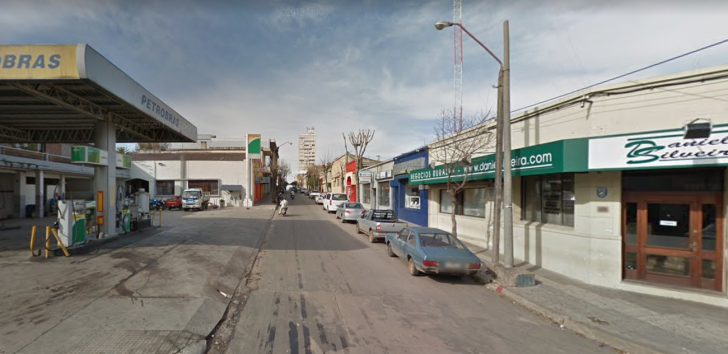
Melo (Cerro Largo)
With a population of just under 80,000, Melo is a smaller inland city on the eastern side of Uruguay.
It is the largest city and capital of Cerro Largo, a region known more for smuggling than other crimes.
However, property crime and attacks on tourists are still known to occur.
The city also has a homicide rate of about 5%.

San José
Located slightly more inland to the northwest of Montevideo, San José is a relatively safe city in Uruguay compared to many others.
However, it’s still important to not let your guard down if traveling here as a tourist.
Crime has increased overall in the past decade, with muggings, vandalism, assault, and petty theft being the most prevalent.
The area also has a 3.5% homicide rate.
Visitors should also be aware that there are just a few small hotel options that may or may not be very secure for foreigners.

Durazno
Durazno is a moderately safe inland city where crime has fallen in recent years, but issues do still exist.
In addition to general theft and property crimes, Durazno experiences about a 3.4% homicide rate among its 40,000 residents.
Hotel options are also limited to just a couple, meaning visitors are not able to be selective about where they stay.
5 Safety Tips for Traveling to Uruguay
Look up directions before heading out
The dominance of modern cell phones means most people are reliant on their phones for navigation.
But just as unfolding a paper map in the middle of a busy street screamed “tourist” in years past, looking up directions on your phone is a surefire way to tell others you don’t know the area.
Don’t put an unnecessary target on your back — look up your route before stepping out into public, and duck into stores or other more private areas to discreetly check directions as needed.
Learn basic Spanish and/or travel with a fluent speaker
It is a common misconception that English is spoken in most businesses catering to tourists in Uruguay.
In reality, many of the country’s visitors come from other Latin American countries, particularly the neighboring nations of Argentina and Brazil (where Spanish and Portuguese are spoken, respectively).
While you may find many people know some basic English, it’s easier and safer to get around when you have a fundamental understanding of Spanish and/or are traveling with someone who speaks the language fluently.
Keep your valuables secure
Knowing where your valuables are at all times and only bringing what you need is a good rule of thumb for any traveler to any destination.
Avoid carrying a wallet in your back pocket or in an open or button-close purse, and never wave money around in the open.
Dress to blend
Hawaiian shirts may be a comfortable, go-to vacation choice for many, but they are not commonly worn in Uruguay.
Try to avoid standing out with your attire, which means opting for more European style nice-casual choices rather than the brighter, less-conservative clothing found throughout other Latin American countries and tourist areas of the U.S.
Avoid walking around alone
While many cities can feel perfectly safe for travelers, especially during the daytime, the truth is that you can be a target even when it doesn’t seem like it.
Mitigate the risk by traveling in a group, even for short walks.
Uruguay Safety Overview
READ THE FULL REPORT: Uruguay Safety Review
Safety Index: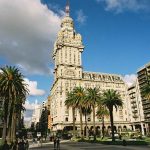
- OVERALL RISK: LOW
- TRANSPORT & TAXIS RISK: LOW
- PICKPOCKETS RISK: LOW
- NATURAL DISASTERS RISK: MEDIUM
- MUGGING RISK: LOW
- TERRORISM RISK: LOW
- SCAMS RISK: LOW
- WOMEN TRAVELERS RISK: LOW
Frequently Asked Questions
What is the safest city in Uruguay?
The sleepy, beautiful beach town of Punta del Este is widely considered one of, if not the safest city in Uruguay.
With low crime rates and big incomes, it is a secure community with a lot of private properties and high-priced resorts.
What are the safest places to stay in Uruguay?
All-inclusive resorts with their own security tend to be the safest spots to stay in Uruguay.
However, that doesn’t mean you can’t be safe with other accommodations.
Always research places and read reviews (preferably from other tourists) before making a reservation.
Is it safe to be out at night in Uruguay?
As with most places, crime risk does tend to rise when out at night in Uruguay.
This is especially true in larger cities and tourist-focused areas, where criminals may be looking to prey on tourists who’ve been drinking and/or don’t know their way around.
That said, many cities — especially Montevideo — have a thriving nightlife scene that many travelers may not want to miss.
To stay safe when out at night, always travel in groups and keep your money in a secure, non-obvious location.
What currency is used in Uruguay?
The Uruguayan peso ($) is the official currency used in Uruguay, and it is a good idea to exchange some money upon arrival (at the airport) since not every place accepts credit cards.
When using a foreign credit or debit card, always check ahead when possible to make sure the brand is accepted where you are trying to pay.
American dollars are accepted in some places, but not everywhere — this decision is up to the individual vendor.
Do people speak English in Uruguay?
Many native English speakers make the mistake of assuming that English is widely spoken in most countries when in reality it’s often only people who work in hospitality or other international-facing industries that do.
The average person in Uruguay speaks only Spanish, so it’s a good idea to bring someone along to interpret if you cannot communicate effectively in this language.
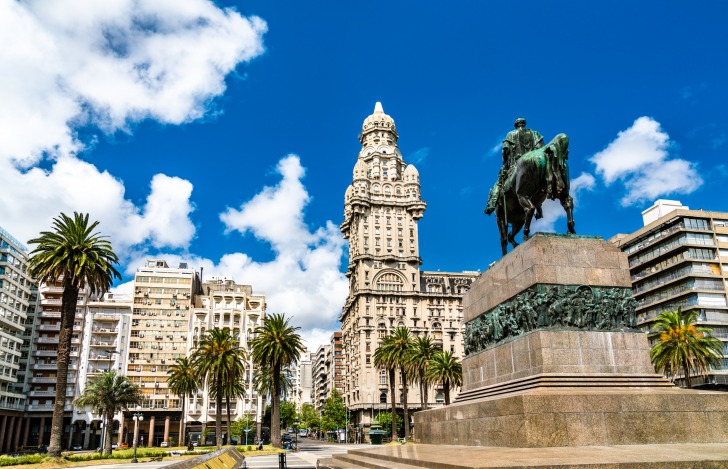











Uruguay may have some dangerous cities, but as long as tourists follow basic safety tips and are aware of the most dangerous areas, it can still be a great travel destination with plenty to offer.